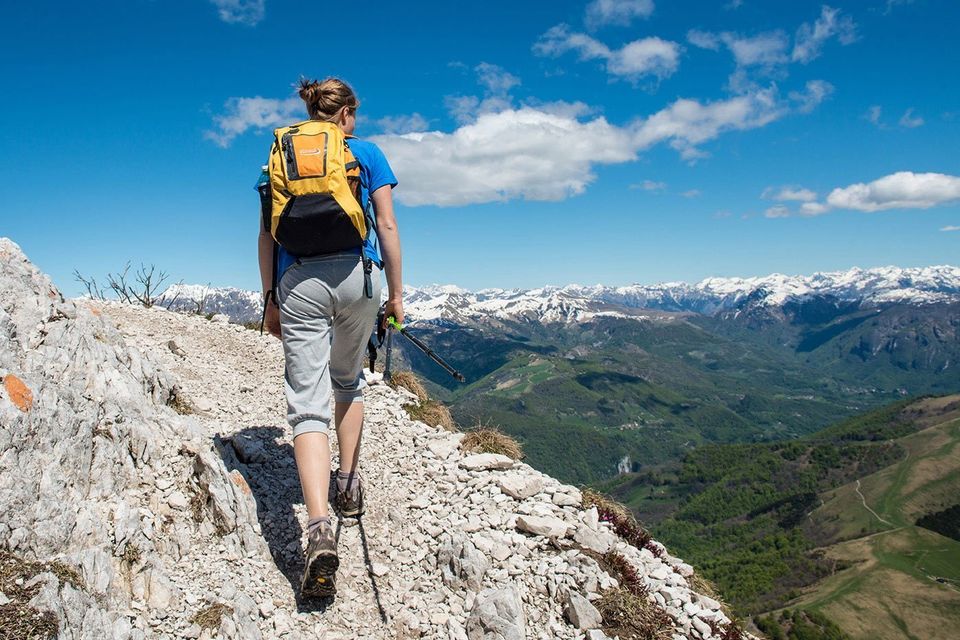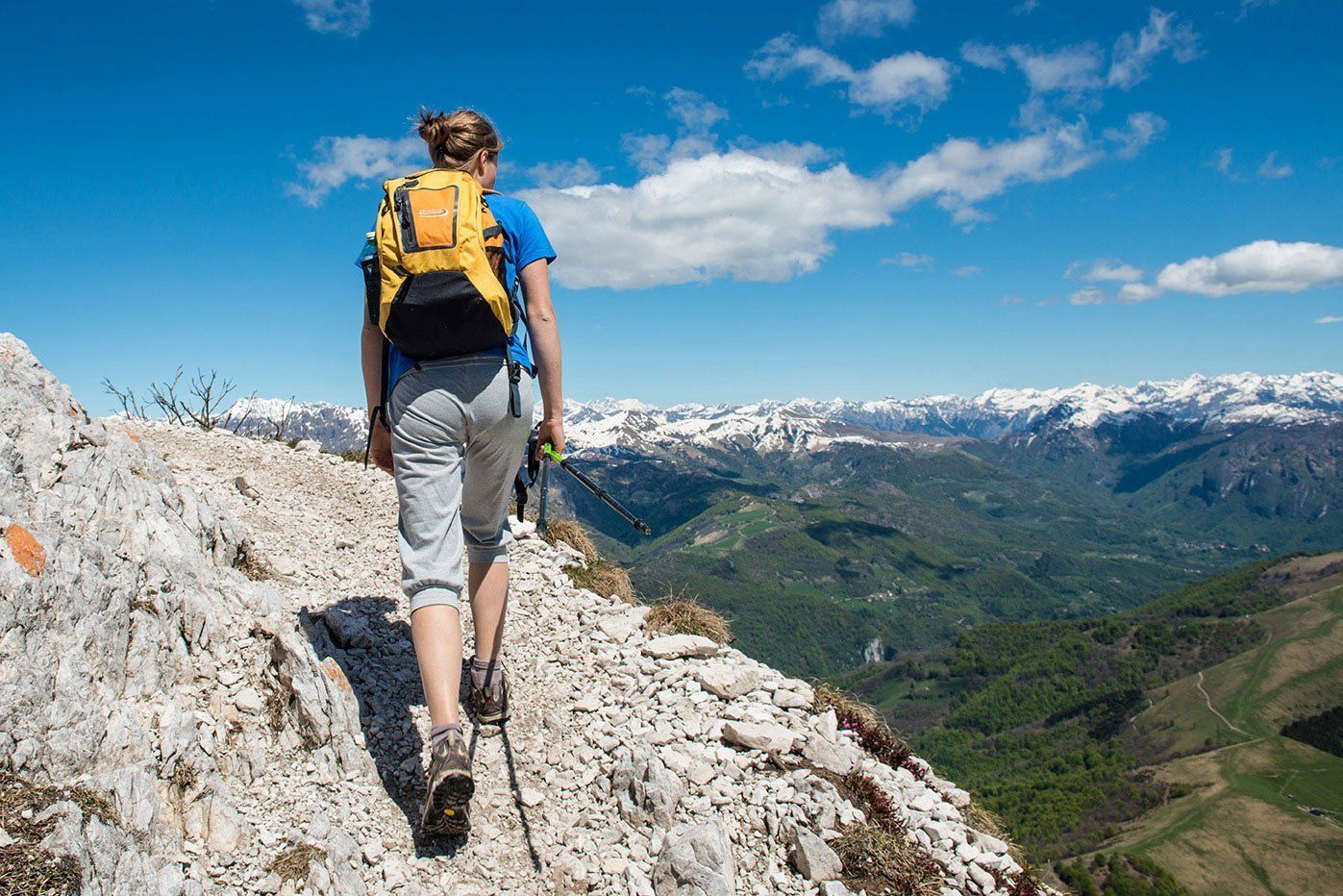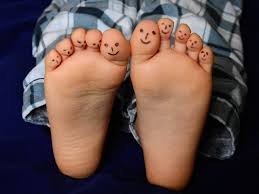How walking impacts on the foot
In an average lifetime, we walk about 100,000 miles, which is tough on our feet. Yet our bodies were designed for moving not standing still, so walking is good exercise. Walking helps the muscles and ligaments in our feet to work more efficiently, and helps keep them supple and flexible.
So even if you have to sit around a lot in your job or at home, try to get up and walk briskly for at least 30 minutes every day. Feet are adaptable and can withstand a lot of pressure before they rebel. If you walk a lot, it’s important to wear the right footwear which won’t damage your feet.
Potential problems and when to seek the help of a podiatrist
Walking at a brisk pace for regular exercise helps condition the body and improve overall cardiovascular health in the same way running and jogging do. But compared with running, walking carries a significantly lower risk of injury.
Consult your podiatrist if you start to develop pain when walking, or consider a visit before embarking on your new walking programme.
Equipment required
The key to keeping your feet healthy and comfortable, regardless of the type of walking you do, is wearing properly fitting shoes. When buying walking shoes, try on several different brands, styles and most importantly sizes. Your feet can expand as much as half a size during the day, so shop for shoes in the afternoon or early evening when your feet are at their largest. That will help protect them as they expand during your longer walks. Also, wearing the same type of socks when fitting shoes that you wear when you walk will help you select the right shoe.
To get the best out of your walking shoes, you need to look after them properly. Polish them regularly and, if they get wet, put newspaper inside them and let them dry out completely before putting them on again. It’s a good idea to invest in a couple of pairs so you always have one in reserve.
Maintaining healthy feet for walking
If you are going on a long walk, prepare well ahead. Take your shoes for a ‘trial walk’ and build up the distance gradually; don’t try to complete the London Marathon on your first trip! It’s also a good idea to pay a visit to your local Health and Care Professions Council (HCPC) - registered podiatrist who will be able to give advice, and treat any corns or callus you may have. Take some first aid supplies, like plasters or antiseptic cream, on your walking trip in case of accidents. It’s also a good idea to put some vaseline between your toes to prevent chafing.
Begin your walk at a slower pace and gradually increase the speed of your walk. This will give the muscles, bones, tendons and ligaments that make up your feet the chance to get used to the activity. If you experience any discomfort or foot pain, then it may be an indication that something more serious is wrong. We all know that “an ounce of prevention is better than a pound of cure”. In many cases, early diagnosis can prevent a small injury from becoming a larger one.
Five top tips
1. When buying shoes, wear the same socks to the store that you will wear while walking.
2. Try on at least four or five pairs of shoes. Put on and lace both shoes of each pair and walk around for a minute or two.
3. Good foot care is essential in keeping your feet comfortable and fatigue and injury free.
4. If you experience any sort of foot pain, consult a podiatrist.
5. Before you walk, go through a warm-up and stretching routine.
Copy reproduced from www.walkingconnection.com






